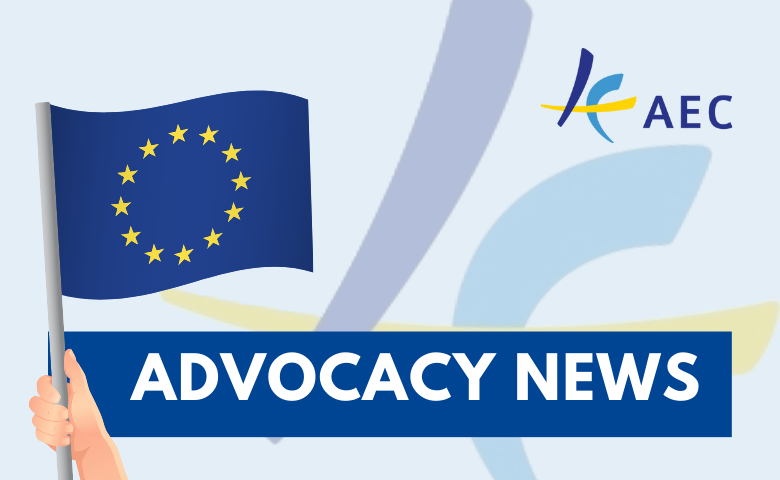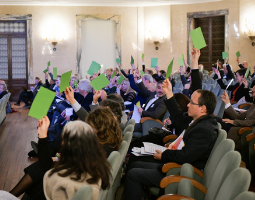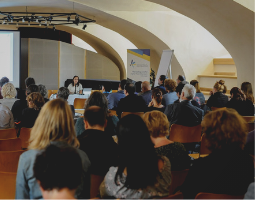On 6-9 June 2024, EU countries will hold elections to select 720 members of the European Parliament for the next five years. Navigating the European elections can be challenging, as they involve 27 separate elections in 27 member states, each with its own procedures and rules. While there are numerous online guides on how to register for the elections (which we hope you did), selecting your candidate might still seem daunting.
To help you make an informed choice, our partner organisation Culture Action Europe has compiled valuable information about the EU elections keeping cultural perspective in focus. In the toolkit, you will find a step-by-step guide on how to make your decision, including prepared excerpts from the European political parties’ manifestos focusing on their views on cultural issues.






